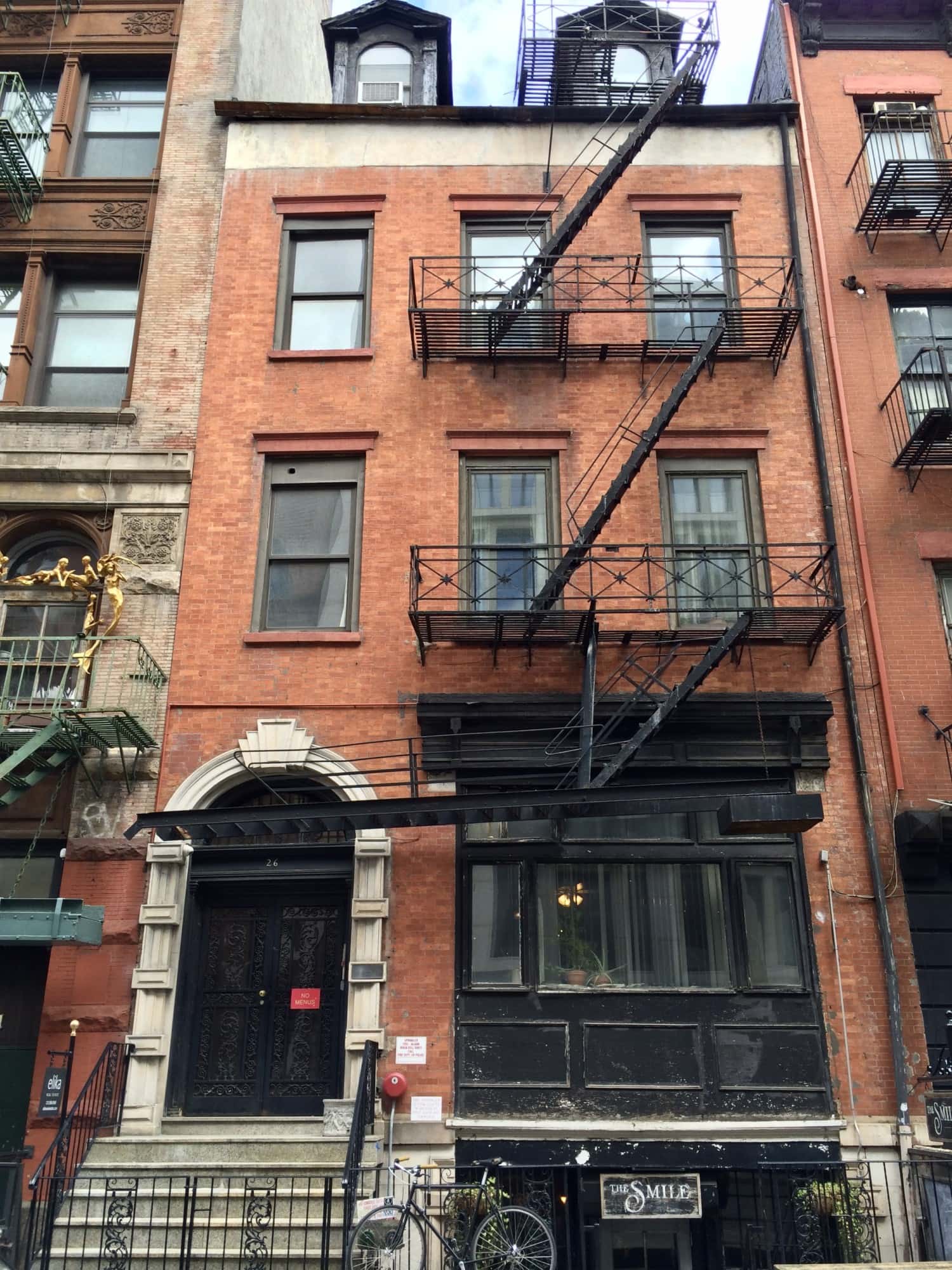Table of Contents Show
Looking at real estate listings online can be like using a dating app. You scroll through different profiles, swiping left and right until you have a list of a few favorites. You then read through each property description, narrow the list, and email the real estate agent to set up a viewing. But just like a first date, the initial meeting can turn out very different from what you expected. Strategically shot photos and industry buzzwords like “cozy” and “unique” are frequently used to hide a home’s less glamorous features. If you want to save yourself time and energy, you need to identify home listing red flags that say a listing may not be what you anticipate.
Here are four home listing red flags to watch out for when viewing online listings.
Odd photo angles or taken with a fish-eye lens.Odd photo angles or taken with a fish-eye lens.
Photos are the bread and butter of every home listing. But as we’re all aware of this age, photos don’t always tell the whole truth. It’s standard practice when selling real estate to use listing photos that make a room look bigger or more appealing. Anyone who has shopped for a home knows this. Be on guard for listing photos that don’t show a room from multiple angles. The sellers may be trying to hide something. That usually means that the apartment is in terrible shape or has a difficult-to-photograph floorplan. Don’t waste your time either with listings that have no photos.
Be especially suspicious of photos taken with a fish-eye lens. These are camera lenses that warp the view of a shot. Fish-eye; makes the foreground look more prominent. And the background seems further away. Pay attention also to what you do see. If the windows look exceptionally bright or are frosted, that may not mean that you’ll have a lot of natural light. Instead, it could be a way to cover up that the windows face a brick wall or other undesired exposure. It’s one thing to stage a shot and quite another to use tricks to make a room look like something it’s not.
Heavy use of real estate “buzzwords.”Heavy use of real estate “buzzwords.”
Just as photos can inaccurately reflect a home’s appearance, so can the words in the listing description. If the home description includes a lot of industry buzzwords like “quaint,” “up-and-coming neighborhood,” or “cozy,” then that’s a cause for concern. Such words are usually a form of doublespeak, meaning they don’t reflect what the words mean. Consider it a red flag when you see listings using these words:
- Cozy/Quaint – The apartment or house is tiny
- TLC – usually means the property requires significant renovations
- Unique – Too unique or way out there
- Charming – Often says dated
You want to find listings with detailed descriptions, not ones with obscure language. Country houses use some of these words as positive, but when an NYC apartment, as advertised, is this way, it’s rarely a good thing.
For sale by owner (FSBO)For sale by owner (FSBO)
Be wary of any listing where a real estate agent does not represent the seller. Often, a seller going FSBO is either pricing too high, inexperienced, unreasonable, or all three. Caveat emptor or “buyer beware” is the game’s name in New York real estate. FSBO homes also take longer to close on average as there’s one less professional in the equation. Make sure you have your real estate agent advocate for you and protect your interests.
Someone other than the listing agent answersSomeone other than the listing agent answers
When it’s time to start making phone calls, you’ll usually be answered by the listing agent or someone on their staff. But not always. Sometimes you’ll reach a different agent who offers to handle everything for you. When that’s not the case, it could mean delays or confusion as you try to move towards an accepted offer. Potentially a problem because good agents will always ensure you deal directly with them or a staff member.
A listing agent who tries to steal another’s business when they’re out of the office could also be unscrupulous. If you feel uncomfortable with who you’ve been dealing with, perhaps look elsewhere.

